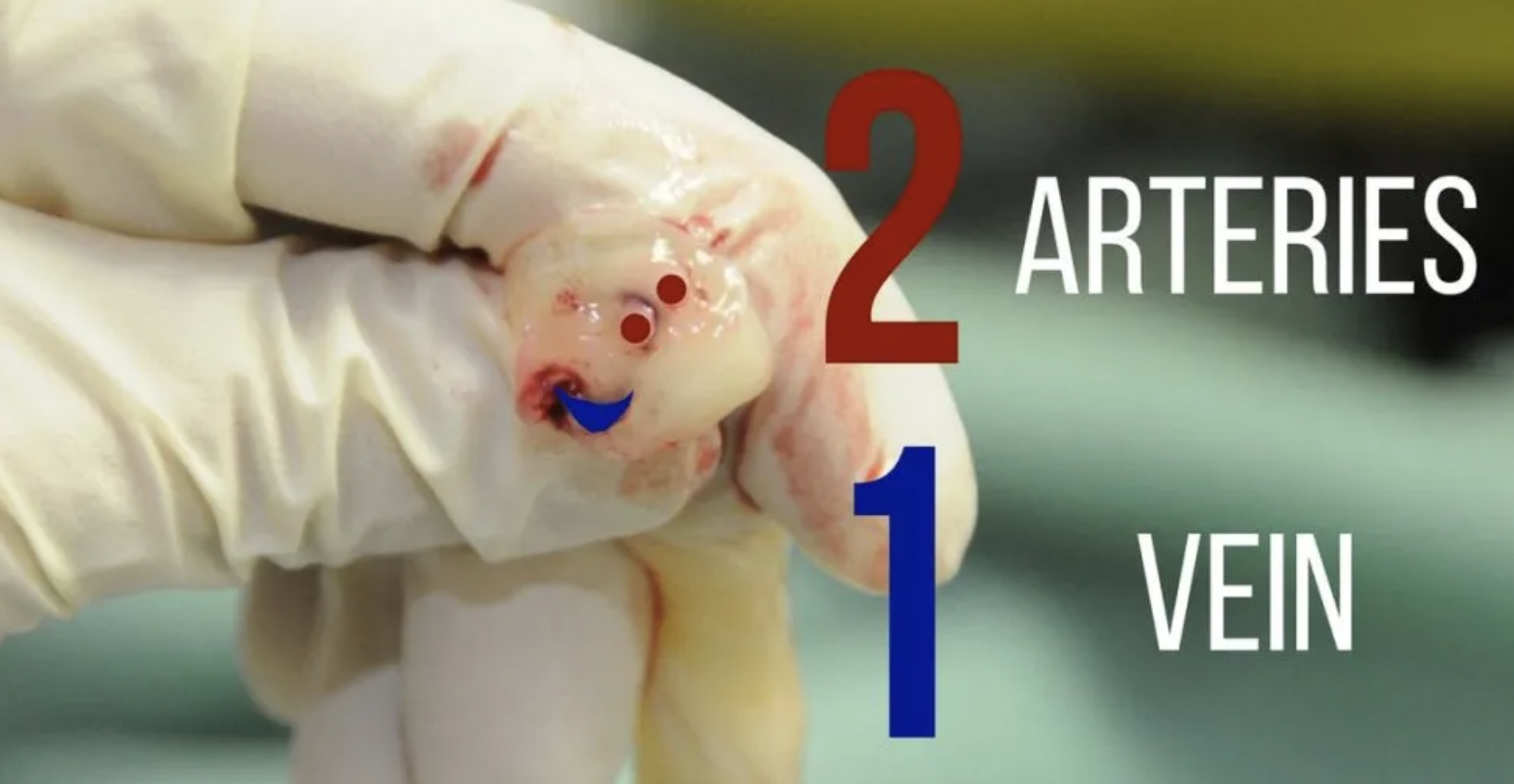Pelvic inflammatory disease (PID) is an infection of the upper reproductive tract, which includes the uterus, fallopian tubes, and ovaries. The most common pathogens are gonorrhea and/or chlamydia which begin as a cervical infection and become polymicrobial as they ascend. Symptoms may include fever, nausea, vomiting, malaise, abdominal pain, purulent vaginal discharge, or abnormal vaginal bleeding. Unilateral adnexal tenderness/fullness may indicate a developing tubo ovarian abscess (TOA), a complication of PID.
A TOA is an inflammatory mass that involves the fallopian tube, ovary, and sometimes other adjacent pelvic organs (bladder, bowel). They may require aggressive medical and/or surgical therapy as a ruptured TOA can result in sepsis. Treatment ranges from antibiotics to laparoscopy. Some stable, non-ruptured TOAs can be treated with antibiotics alone. Suggested antibiotic regimens include:
CTX 1g qd + doxycycline 100mg q12 + metronidazole 500 mg q12
Cefotetan 2g IV q12 + doxycycline 100mg q12
Cefoxitin 2g IV q6 + doxycycline 100mg q12.
Studies suggest that abscesses =/> 7 cm have a higher likelihood of requiring surgical therapy (drainage or surgical removal). Therefore, it is appropriate to trial IV abx if the patient is hemodynamically stable, has adequate response to initial IV abx, and has imaging that shows that the abscess is < 7 cm.
Diagnosis can be made via transvaginal US or CT A/P. Conventional teaching is that US is the preferred modality for imaging pelvic organs to assess for TOAs. However, recent studies have shown that CT has a higher sensitivity for diagnosing TOAs. Therefore, common practice is to start with US as it helps rule out other pathology, such as ovarian torsion, and is less expensive and less radiation for the patient. A positive US can help establish the diagnosis, however, a negative US does not exclude a TOA and a CT is often indicated. Ultimately, TOAs are a clinical diagnosis and are often diagnosed in the setting of pelvic mass in patients who meet the diagnostic criteria for PID. These patients should get an OBGYN consult and be started on IV abx.
Thanks for reading!
Ariella
Resources:
Lee"DC,"et"al.)Sensitivity)of)ultrasound)for)the)diagnosis)of)tuboAovarian)abscess:)A)case)report)and) literature)review.))J(Emerg(Med."2010"May"11"


